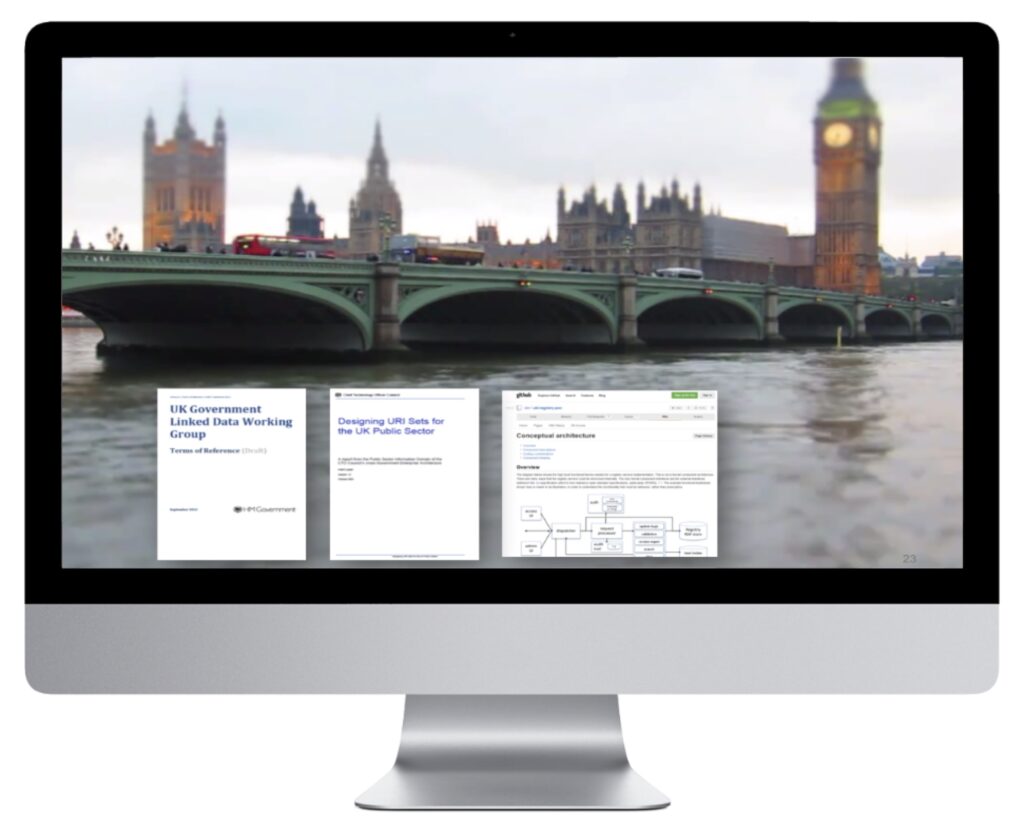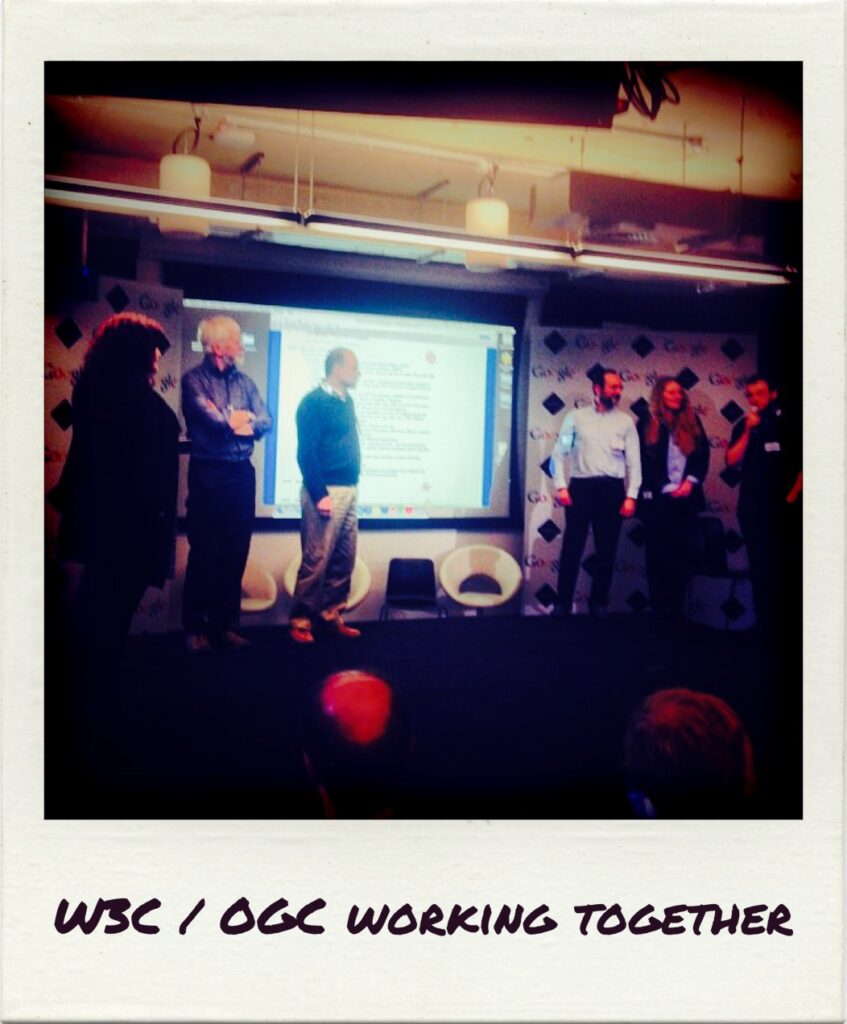At the end of June it will be 11 years since the Government and Industry Linked Data Working Group was set up to support the adoption of connected data, web focused data standards and key reference data approaches that have been embedded across the UK Public sector. The group was a great collaborative team that helped to kick-off many of the data services that underpin the government data ecosystem today.

A potted history
In 2012 the coalition government published the Open Data White Paper, this committed the Government at the time to a number of key commitments, including:
- to release data quickly, and then work to make sure that it is available in open standard formats, including linked data forms
- a new cross-government Linked Data Working Group will be established over the coming months. This will lead the creation and maintenance of the underpinning technologies within the public sector and promote the benefits across the public sector. A key role for the group will be to work with data owners, data users and bodies such as the W3C Government Linked Data Working Group to promote and set standards for the adoption of common URIs across government.
This renewed within the centre of Government a desire to help coordinate the nascent community that had grown from lots of disparate activities across multiple government organisations, using linked data to improve standards, help connect data and to support use of data.
The UKGovLD was formed shortly after, and I had the pleasure of being the group’s first chair. At the time, I was leading OpenData and INSPIRE Directive work in Defra.
The UKGovLD team had initial active contributions and regular input from a range of organisations including: Cabinet Office, the National Archives, Ordnance Survey, Defra, Communities and Local Gov, ONS, Met Office, HMLR, the Scottish Government and others alongside a number of key private sector companies including Epimorphics, Swirrl, TSO and later the ODI. With a focus on delivering the key commitments and providing a community for knowledge sharing and discussing common challenges.
In the first couple of years as a group we delivered a number of those key commitments and specific outputs including…
- numerous events, workshops and knowledge sharing events
- built a community across a set of organisations
- guidance on the design of URIs for the public sector see core and spatial
- sponsored the HTTP URI standard through the standard board process for persistent resolvable identifiers
- highlighted the need for and helping to organise a Spatial Data on the Web international conference with the W3C and OGC in Google Campus London
- supported the set up of the W3C / OGC Spatial Data on the Web Working Group and its best practice.
- developed the reference specification for and then the open source software Linked Data Registry – for managing reference data (see: https://www.epimorphics.com/projects/registry-core/ for some further background)
- supported the adoption of previous work on Data Cube, Org and other ontologies
- championed the work being done across government in the space and helped to share that internationally

Many of the organisations involved expanded their open data publications to include or expand their linked data offerings. This included some significant publications through the Environment Agency’s linked data services, the HMLR UK House Price Index, ONS, Ordnance Survey, National Archive and Communities and Local Government open data publications.
Most of which are still actively maintained and used today. I’m really proud of what we did and how the community came together to get a lot done.
What happened?
Possibly one for over a beer! UKGovLD delivered a number of key priority activities over the 4 years of its most active phase. A number of the key organisations involved, recognised some of the activity becoming business as usual, embedding some of the work into some of their active data publication processes, others implemented the registry into their reference data management. The persistent resolvable identifiers standard as HTTP URIs was made a mandatory government open data standard.
However, later significant central government changes and loss of some of the central ownership of data.gov.uk saw the active phase of the close. Many of the core team kept in regular touch but the ability of the group to operate as originally became difficult without that central sponsorship. The UKGovLD GitHub account remains, because the open source Linked Data Registry software continues to be maintained and used by a community.
Many of the key organisations continued to build out their linked data and connected data publications, publishing reference data, key data standards and data services across a wide array of themes and topic areas. Some of the core reference data that was a focus for the cabinet office has unfortunately had less attention, some other key reference data services have unfortunately not been maintained, while other key organisations have built out and expanded their own offerings. We’ve been proud to be involved in some of these – as we’ve highlighted on our project pages.
Community needs
In conversations across government and most recently at the Data Connect 23 launch event, around the Government Data Maturity Framework and other forums, I still hear the need for those working in this community to share their experiences and learn from the work that has already been done.
There is a huge amount going on in this evolving space and yet, a lot of it is unfortunately hidden.
It would be fantastic to see the community rebuild and again share some of the best practices, highlight the gaps and help to better deliver the underlying needs that are still there. Connected Data as a key part of the broader public sector data ecosystem is still important, it has a key role to play in helping shape the emerging data services and better enable public service outcomes.
We see many initiatives where common themes including FAIR data, data integration, inter-connected data, graph data structures and common reference data still bubble to the surface. Most recently as enablers for AI and data science initiatives, where those involved highlight either linked data technology or principles. Many organisations continue to evolve and develop tools, techniques and approaches – there is unfortunately less of a community to share some of the lessons learned and the cross-cutting gaps that remain.
